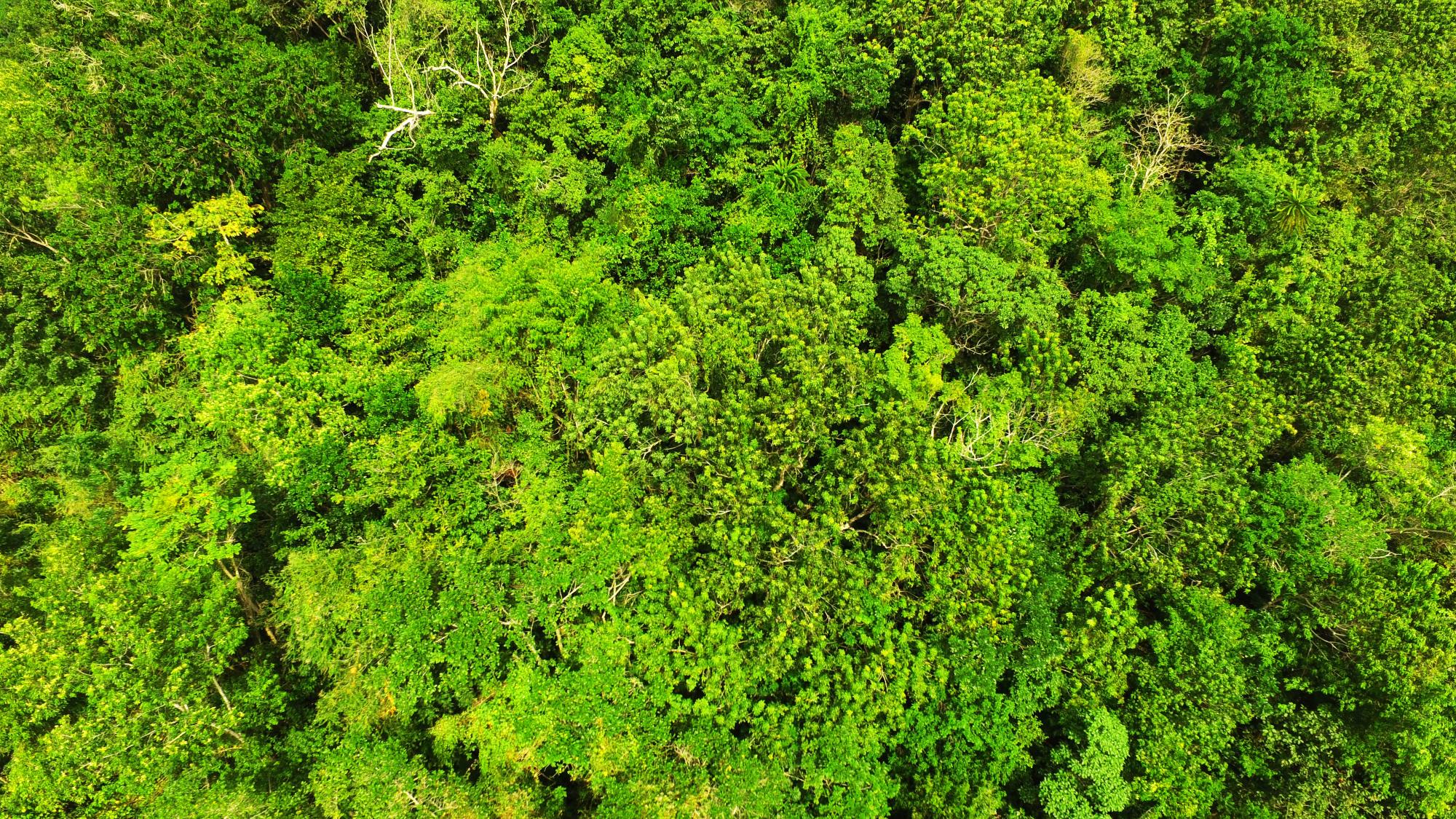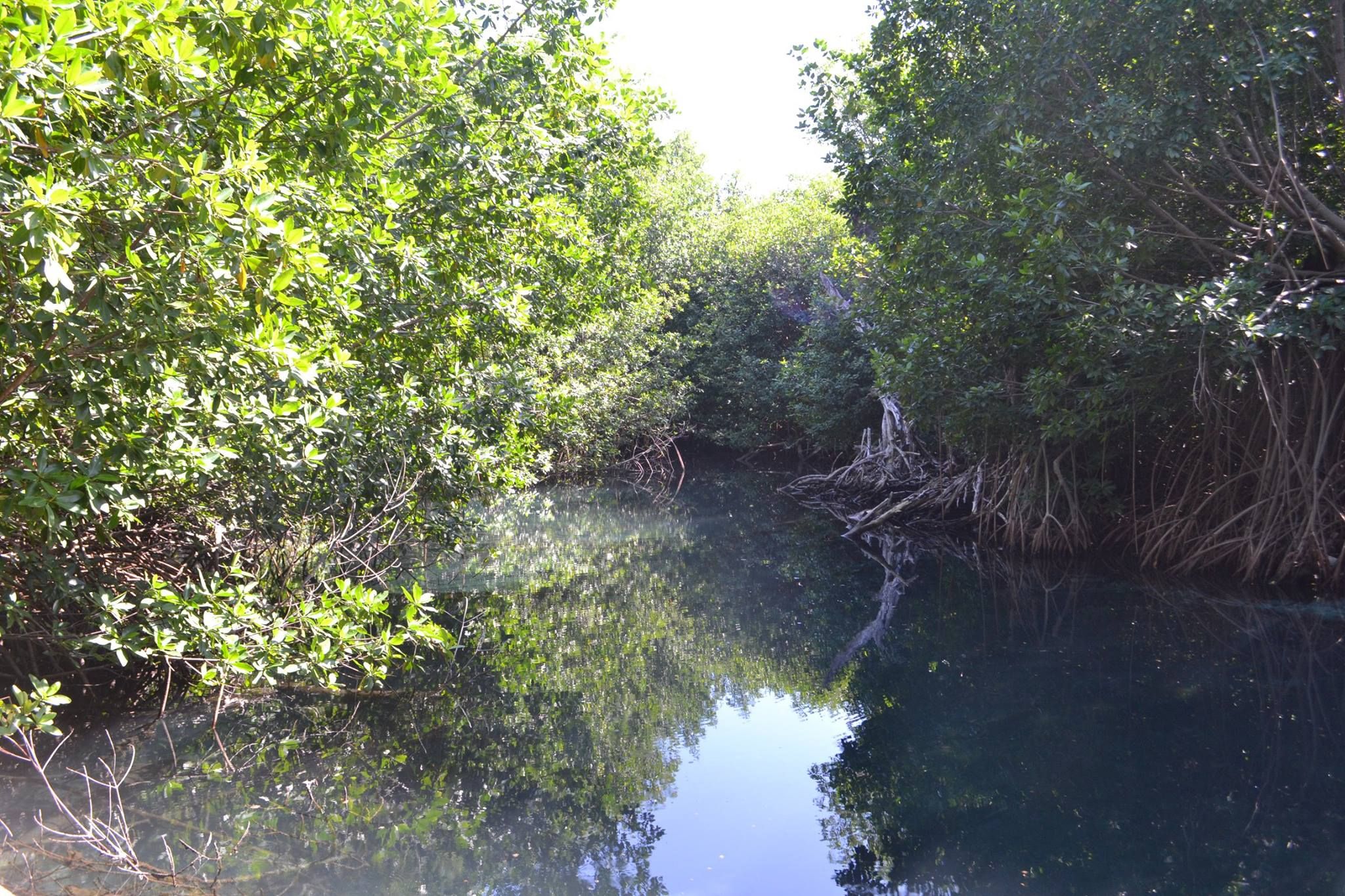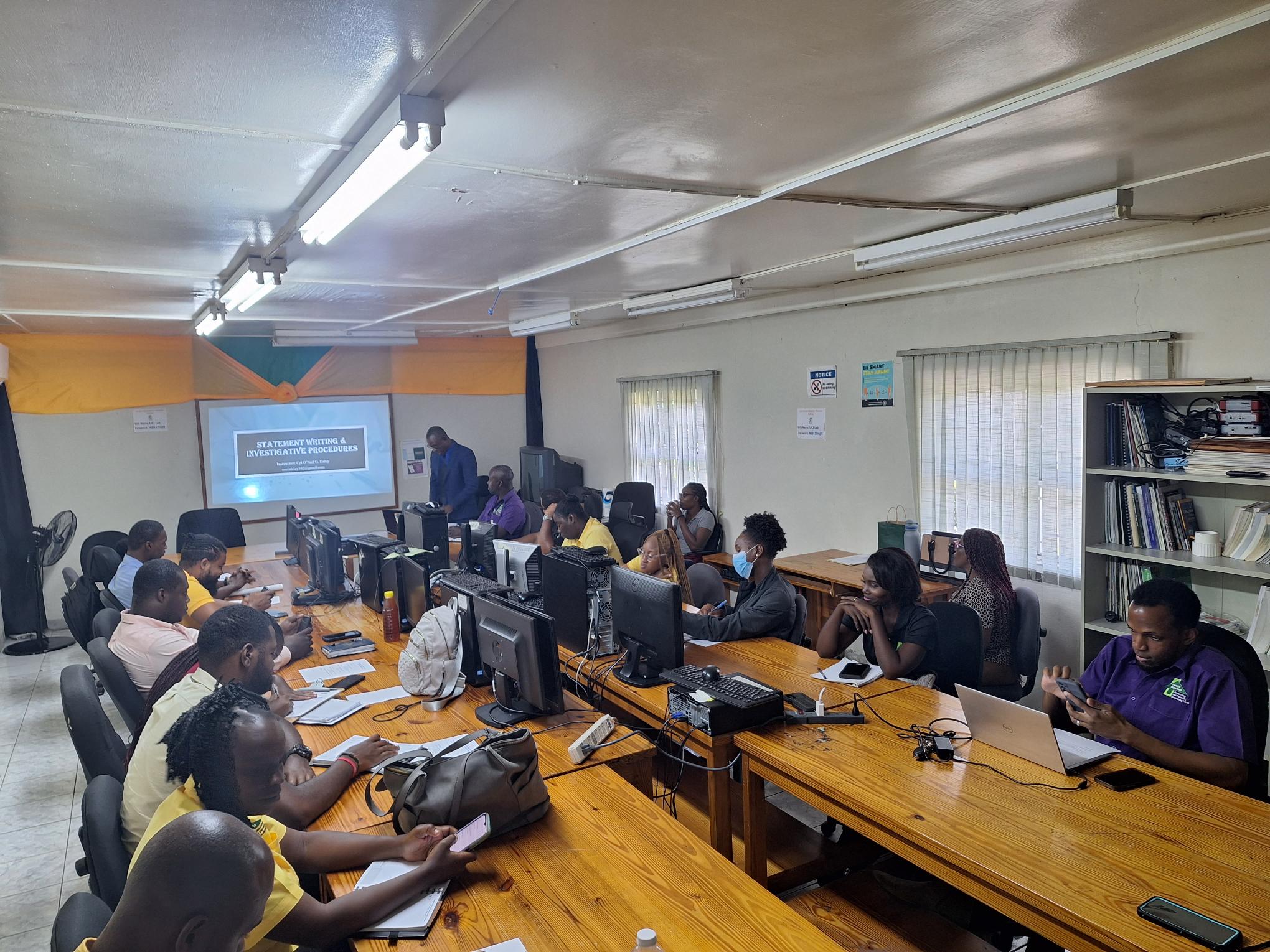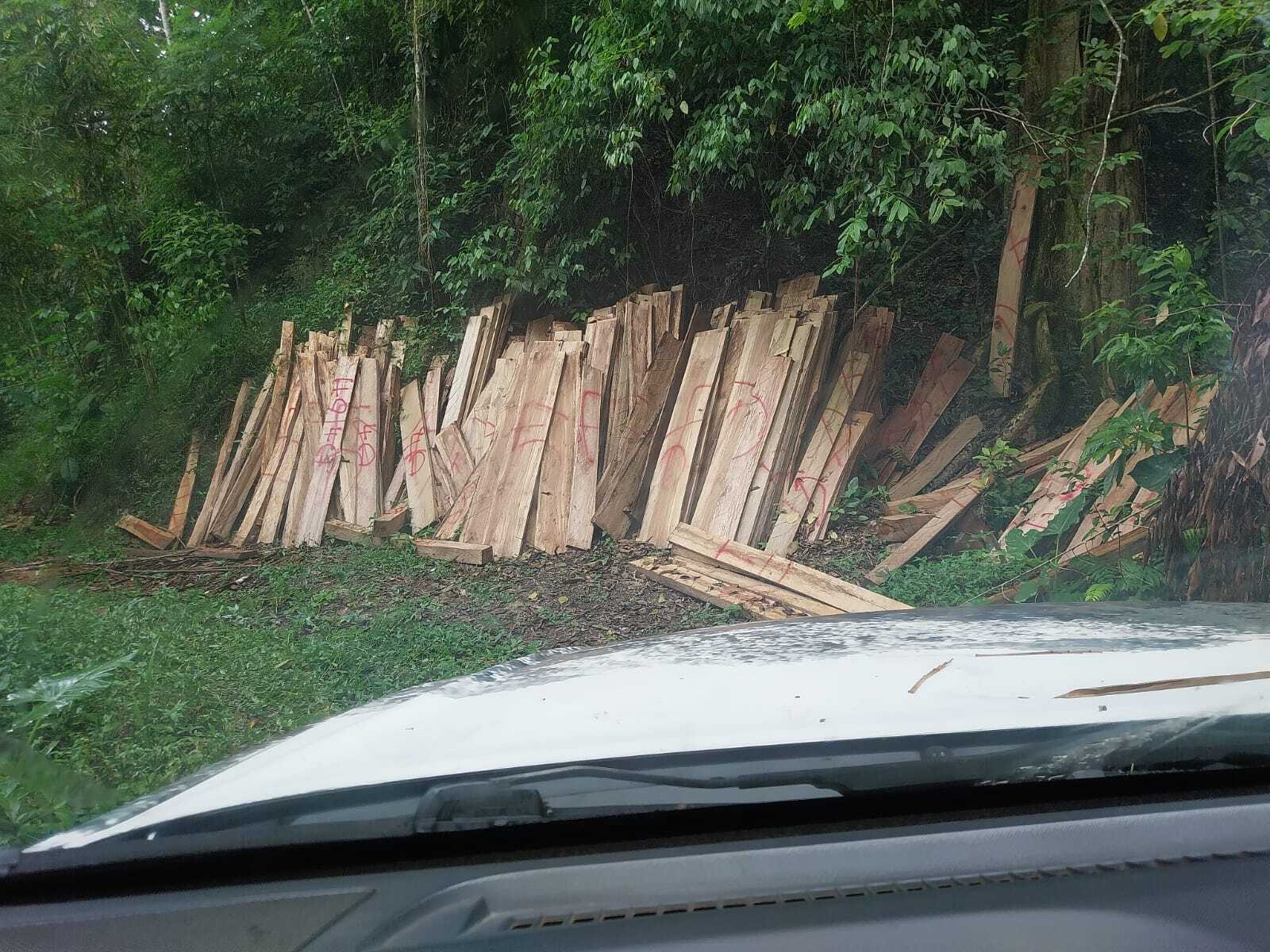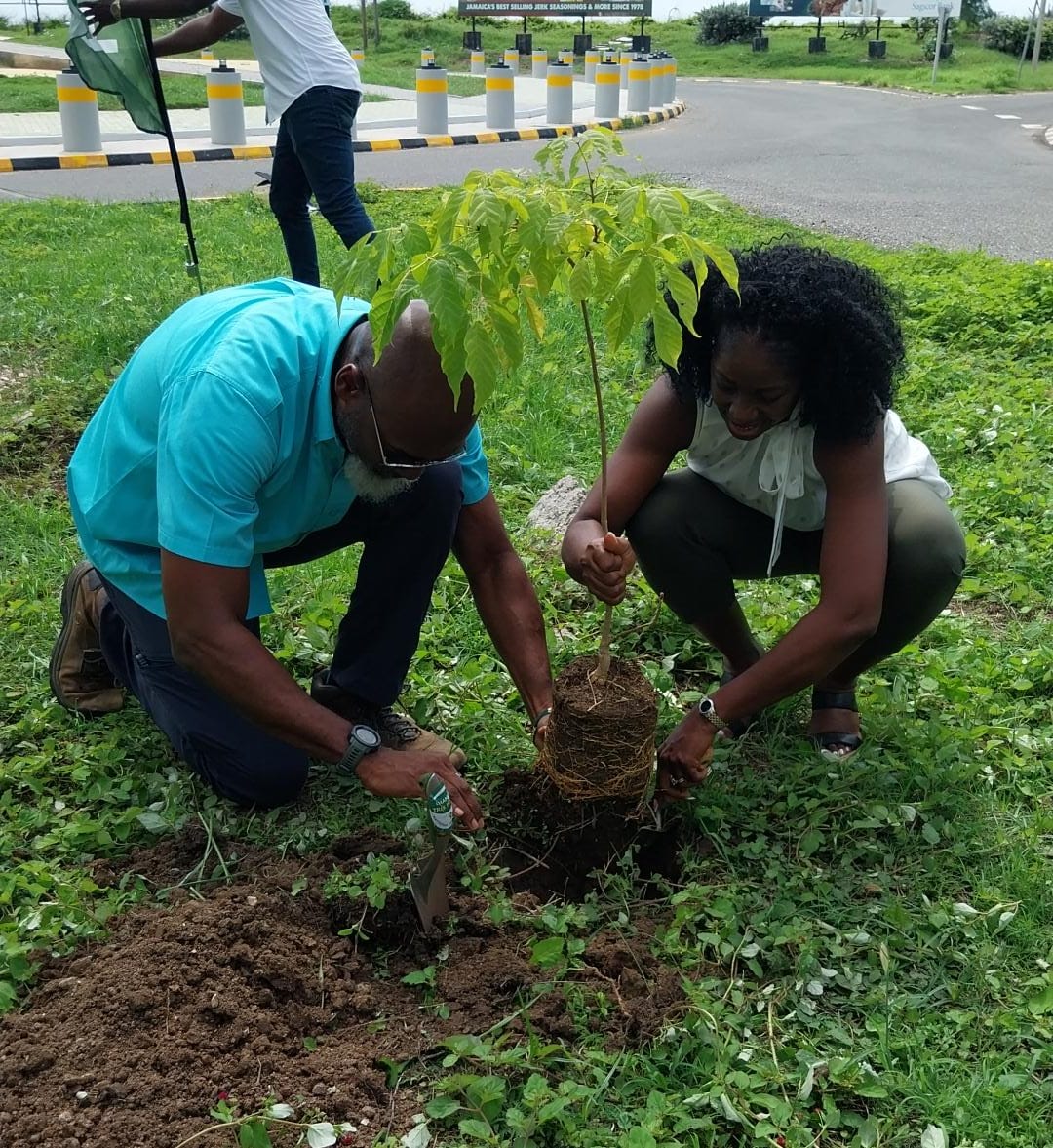Mangrove Forests- A Lesson on Resilience
Inland mangroves are proving more likely to recover and survive changes in their environment once anthropogenic threats are low.
This observation is one of the findings that has emerged as the Biophysical Inventory Unit of the Forest Science and Technology Services' Division conducts a national assessment of mangrove and swamp forests.
For, the period June- October of this financial year, the Agency has assessed mangrove forests in Portland Cottage and Manatee Bay in Clarendon. These areas represent one of the largest remaining Mangrove ecosystems on the island, with vibrant biodiversity. These ecosystems cater for many endangered species; serve as fish sanctuaries and shelters for crabs and shrimps.
Based on the findings of the Agency's Land Use/Cover Change Assessment of Jamaica, 2015, most of the mangrove sub-blocks in these areas are vulnerable to anthropogenic disturbances such as increased residential land use, charcoal burning and agriculture. Coupled with animal grazing, hydrological alterations and the passing of natural hazards; the footprints of mangroves in these areas have been significantly reduced.
From field interpretations, most of these activities create breakages in the natural tidal exchange, causing flooding in some areas and dryness in other parts of the mangrove forests. A preliminary assessment suggests that waterways/channels, internal and external to these sub-blocks that once facilitated a fair exchange of salt and fresh water are now blocked with silt, debris and solid waste from human settlements. This blockage has caused hypersaline conditions to exist in the mangrove sub-blocks, killing plants and other faunal life.
However, the mangrove forests observed in Portland Cottage and Manatee Bay sub-blocks have developed a high level of resilience. While the records show that mangrove forest regeneration is being negatively affected, we have discovered that this is mainly related to the adverse effects of human disturbances as mangroves recover quite rapidly from hurricanes, storm surges and flooding. Changes in mangrove forest cover in the sub-blocks showed regeneration in a matter of years depending on the intensity, size and duration of disturbances. Yet, despite the impact, the damage is not permanent. Nonetheless efforts to replant mangroves in some areas is underway as the National Environment and Planning Agency (NEPA), has started replanting exercises in Portland Cottage and the saplings are in good health.
As a result, the Government of Jamaica, with funding from the European Union, is seeking to increase protection of these critical resources through the development of a National Mangrove Management Plan. This national initiative is being led by the Forestry Department, which is currently conducting an assessment of mangrove and swamp forests across the island which will support the transfer of all mangroves on crown lands to the Agency for management. Up to October 2020, the Forestry Department has sampled over 9,138 hectares of mangrove and swamp forests.


